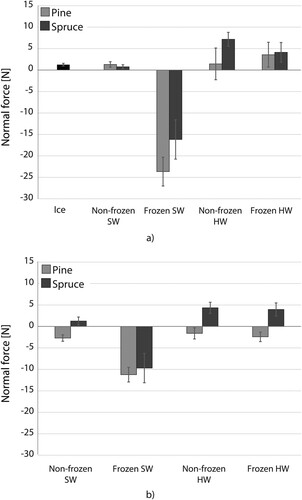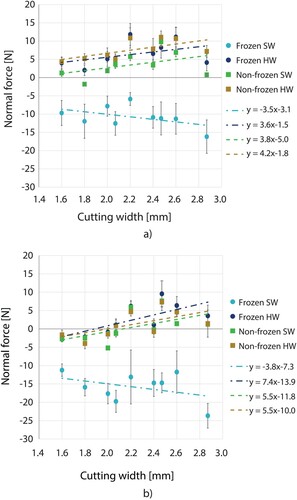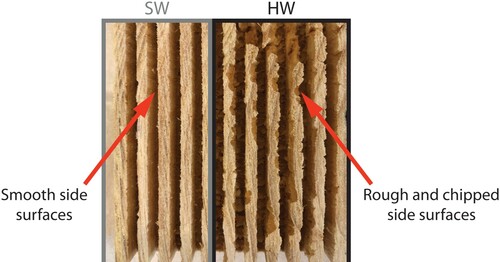Figures & data
Figure 1. X-ray computed tomography scans of (a) Norway spruce and (b) Scots pine specimen with dimensions of 70 × 70 mm. Grayscale for density showing the sapwood part in a lighter shade (higher density).
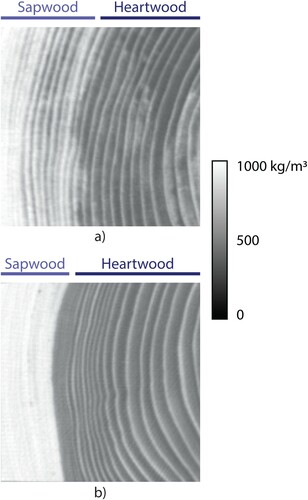
Table 1. Overview of cutting teeth geometries.
Figure 2. Definition of cutting directions. Cutting force tests were made in the 90–90° cutting direction, i.e. the cutting edge and the feeding direction were both 90° to the longitudinal grain direction of the wood.
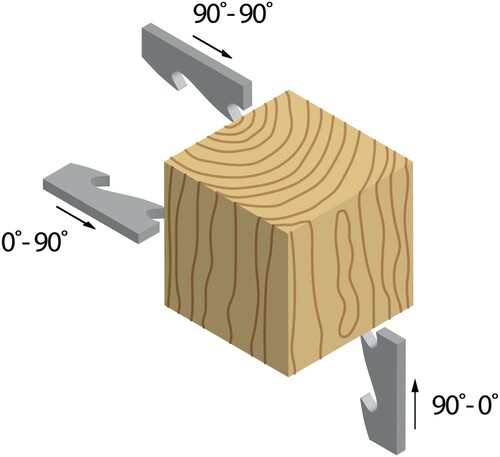
Figure 3. Cutting forces acting on the tool. The experimental setup shows how the wood piece rotates while the tool is moved into the wood by the tooth holder.
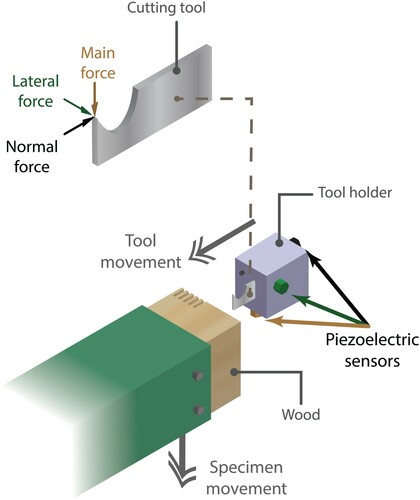
Figure 4. Main cutting forces of (a) tooth no.1 (width 2.87 mm) and (b) tooth no. 9 (width 1.6 mm) for sapwood (SW) and heartwood (HW) in frozen and non-frozen condition for Norway spruce and Scots pine.
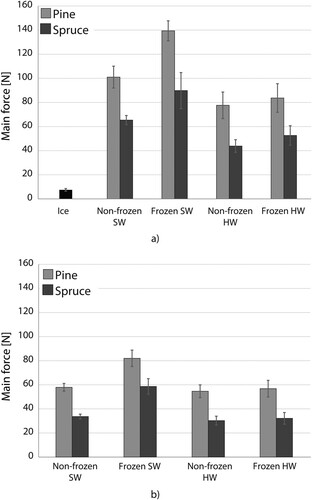
Figure 5. Main cutting force as a function of cutting width for (a) Norway spruce and (b) Scots pine in frozen and non-frozen sapwood (SW) and heartwood (HW).

Figure 6. Normal cutting forces of (a) tooth no.1 (width 2.87 mm) and (b) tooth no. 9 (width 1.6 mm) for sapwood (SW) and heartwood (HW) in frozen and non-frozen condition for Norway spruce and Scots pine.
